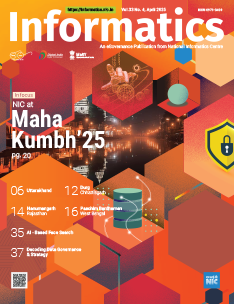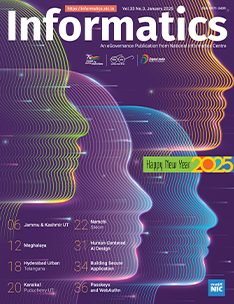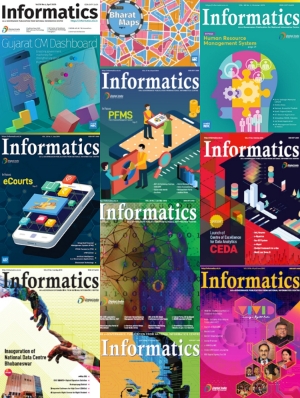WORKSHOP ON STATE PROJECTS MANAGEMENT PORTAL CONDUCTED AT LUCKNOW, UTTAR PRADESH

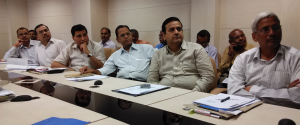
“ePMS, an On-line Project Management System for Uttar Pradesh tracks the projects involving investment 100 crore to 1000 crore. It enhances the efficiency, bring transparency and improve the communication between industries to Government and State to Centre or vice versa. It automates the entire tracking of stalled investment projects in the context of the bottlenecks. Industries can submit their projects with issues after creating their login credentials. When any project with issues is being added by an industry to the State PMG, the portal shall automatically push the data to the respective ministries at the state level. Once the project is being endorsed by State level Nodal Officer, it shall also be automatically routed to the Central PMG, if there are any issues/bottlenecks related to Govt. of India. Industries get the immediate response from the automatic mailer and they can see the current status of concerned projects through this platform immediately after the subgroup meeting is over if the decision being entered on-line”
In this context, a Training workshop on ePMS On-line Project Management System Portal was organized for Govt. of Uttar Pradesh on 10th October 2014. The program was chaired by Mr. Sanjeev Saran, IAS, Principal Secretary, Infrastructures and Industrial Development, Govt. of Uttar Pradesh.
Training program registration started at 11:30 AM at conference room, Secretariat Building. Mr. Vijay Tiwari, SO(SB) has given the welcome address followed by introductory speech. He gave the description about the project and the various achievements made by the PMG group during the last one year through the e-PMS. Mr. Vijay Tiwari provided the technical insight of the e-PMS portal of Uttar Pradesh followed by the presentation for nodal officers of various Departments of Govt. of Uttar Pradesh. Complete demonstration about the working portal regarding the roles of ministry users was given.
During the Training program Mr. Sanjeev Saran, Principal Secretary, Infrastructure and Industrial Development Department, has emphasized to further reduce the lower cutoff for project cost from 100 crores in order to include various stalled projects of lesser cost. He also suggested that facility to generate multiple nodal officers for single department with different privileges in addition to available options in current system may be provided.
Mr. Vijay Tiwari has explained the workflow and various terminologies involved in e-PMS system. A real time project example was discussed to give them the better insight of the decision making process during the meetings and loading of minutes in system for the resolution of the issues. After this the admin role was also explained in brief to give them the complete insight of the process followed by the lunch break.
Admin module was demonstrated which includes accept/reject/referred back the projects/issues submitted by the sponsoring and recipient ministries, generating and sending agenda on-line, entering decision on-line when the PMG subgroup meeting is going on, generating various types of reports and graphical charts for monitoring purpose. In the technical session requirement of admin module, functional role and responsibility were elaborated in detail.




 Subscribe
Subscribe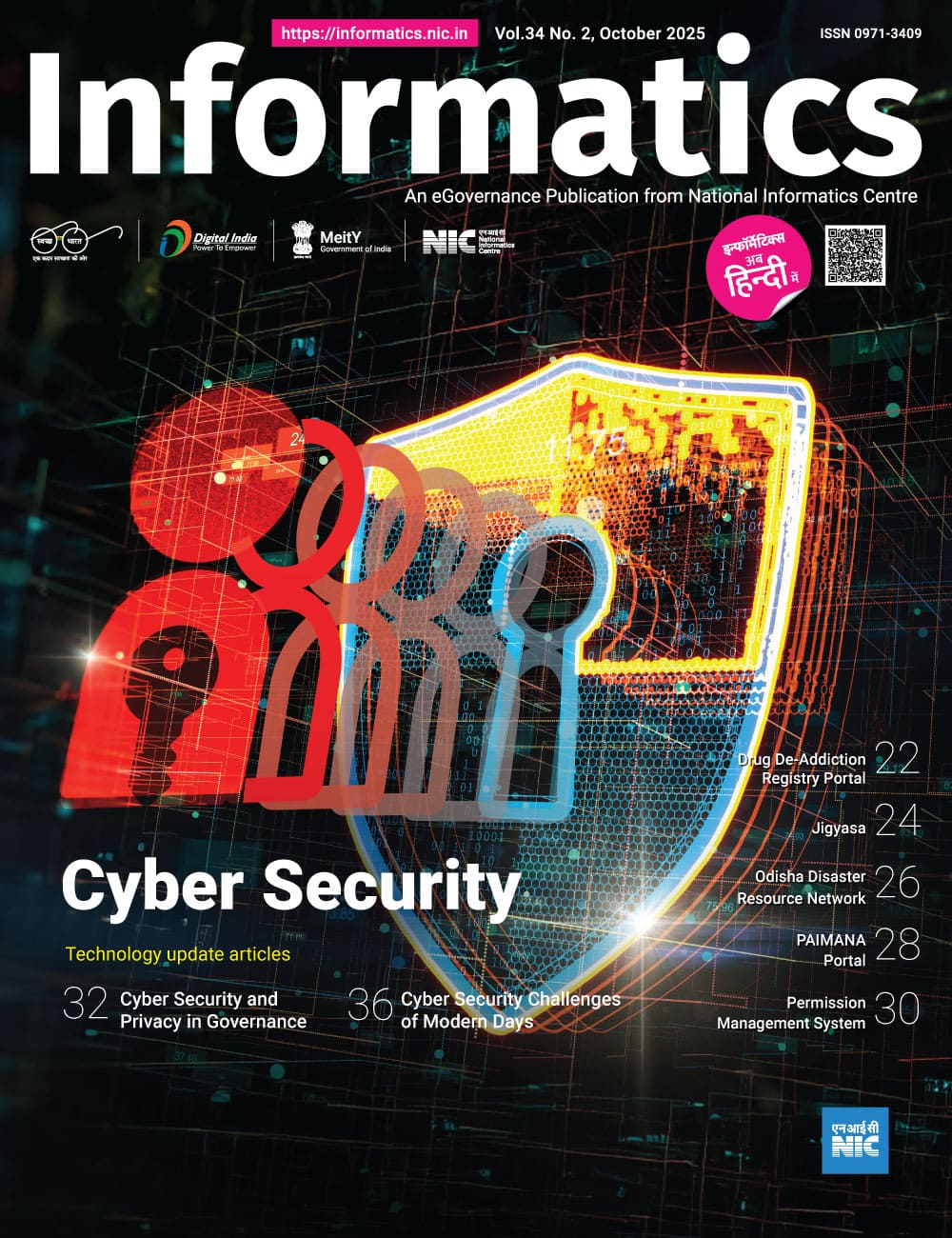
 Flipbook
Flipbook PDF (5.0 MB)
PDF (5.0 MB)
